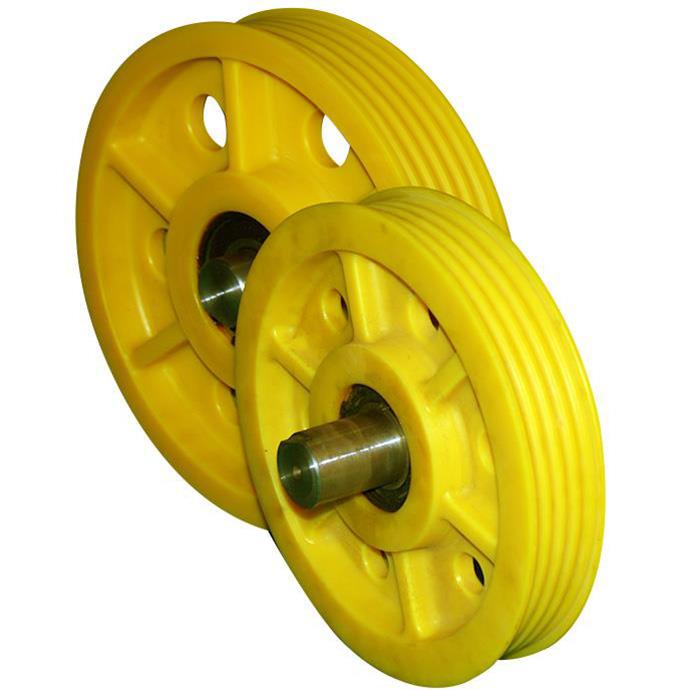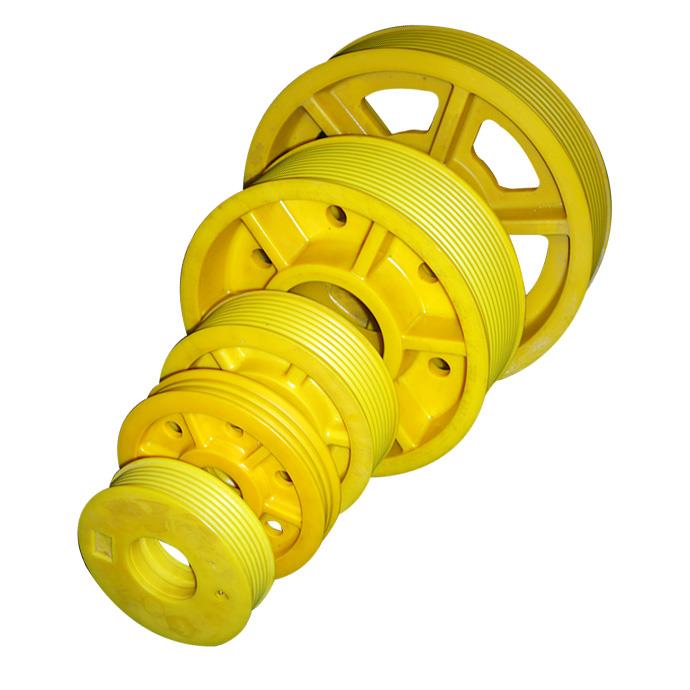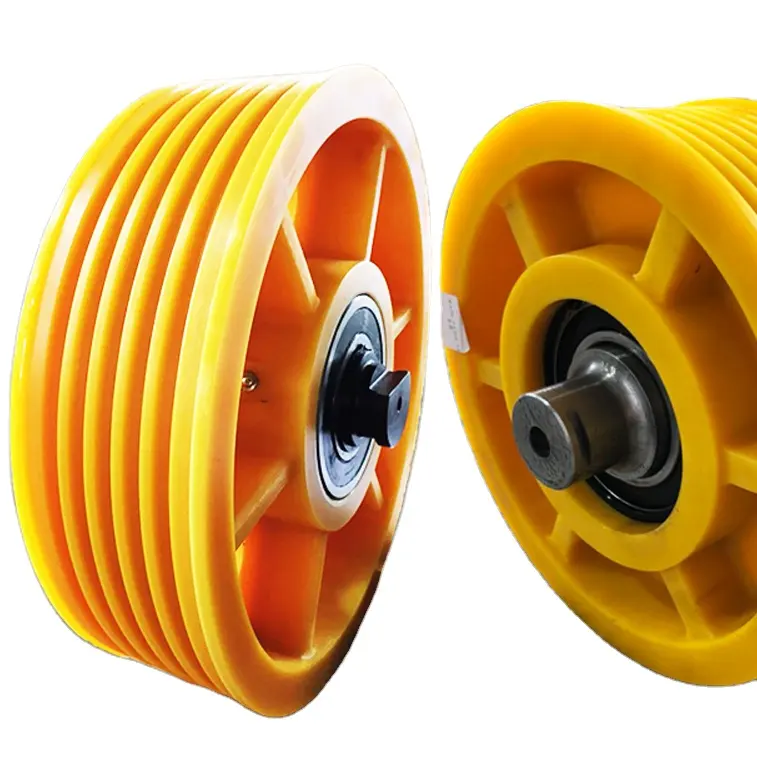Product Description
| Model NO. | Custom Parts | Application | Fastener, Auto and Motorcycle Accessory, Hardware Tool, Machinery Accessory |
| Standard | GB, EN, China GB Code, JIS Code, TEMA, ASME | Surface Treatment | Anodizing |
| Production Type | Mass Production | Machining Method | CNC Machining |
| Material | Nylon, Steel, Plastic, Brass, Alloy, Copper, Aluminum, Iron | Drawing Type | Dwg, Dxf, Step, Iges, Pdf, STP etc. |
| Tolerance | +/-0.002mm, or Customized | Roughness | Ra0.2-Ra3.2 , or Customized |
| Surface Finish | Anodization, Plating, Passivation, Polish, Brush | Colors | Blue, Red, Black, Gold, Orange, Green, Gray, White |
| Sample Service | Available | Part Name | CNC Machining Parts |
| Service | Machining, Assembly, Surface Treatment etc. | Dimensions | Customized |
| Lead Time | 1-4 Weeks Depends on Requests | MOQ | 1 PCS, But Over 100PCS Is a Price Break Point |
| Machining Capability | 3,4,5 Axis CNC Milling, CNC Turning, Sheet Metal | Price | Negotiable as Per Request |
| Transport Package | Foam, Carton | Specification | Custom dimension |
| Trademark | Custom | Origin | China |
| HS Code | 84799 0571 0 | Production Capacity | 50000PCS |
| Product Description | |||
| Parts Application | Industrial Parts, Bikes, Engine parts, Robotic Parts, Decoration, BMX, EDC, yoyo, CHINAMFG parts, Electronics aluminum parts, Toys parts, Gears, Car parts, 4X4 parts, Medical Parts. Oil industry parts. Audio equipment parts, Musical Instrument parts |
||
| Machining Tolerance | The best tolerance is +/-0.002mm, can do as per your request. | ||
| Roughness | Ra0.2-Ra3.2, (as per specification) | ||
| Quotation | Need to know material, quantity, surface treatment, and other special request before sending you quotation | ||
| Software Available | CAD, CHINAMFG Works, UG, CAD/CAM/CAE, PDF. | ||
| Surface Finish | Matte, Glossy, Tumbling, Smooth, beadblasting. | ||
| Surface Treatment | Anodization, Plating, Passivation, Polishing, Brushing. | ||
| Materials Available | Aluminum, Brass, Copper, Stainless Steel, Titanium, PVC, ABS, PEEK, Nylon, Delrin, Acrylic, Steel | ||
| Inspection instruments | Heigt Gauge, CMM, Caliper, Electronics Scale, Micrometer/Microcaliper, Gage Blocks, Pin Gauge. | ||
| Service Available | 1. CNC machining, CNC milling, CNC turning, Sheet Metal, Laser cutting, 2. Assemble (Using press fit or other technology) , 3. Packing for “ready to sale” products, 4. Customized Packaging, 5. Relative accessory purchasing. |
||
| Sample Parts Show |
| Why Choose us |
| Test Report Sample |
| Our Equipments |
| Our Package |
| FAQ: | |||
| Q1. Are you a genuine manufacturer? | |||
| Yes, all the products are produced in our ISO9001:2015 certified factory; We are also a company registered by China Customs with the right to export and import. | |||
| Q2. What should I offer to get your quotation? | |||
| Please offer us your detailed information for the product, such as drawings with 2D/3D by software Pro/E, Auto CAD, SolidWorks, UG etc; as well as materials, surface treatment, quantity, package. Any special requirements should be highlighted especially for tolerance. | |||
| Q3. Can we get a complete product besides CNC parts? | |||
| To some extent, yes, we can. But firstly we need assess feasibility. | |||
| Q4. What’s your top process tolerance? | |||
| Now our top process tolerance is ± 0.005mm. | |||
| Q5. What are your sample policy and trade/payment terms? | |||
| We can offer the free samples with total value less than USD10; while the buyers should bear shipping cost and import VAT. | |||
| Ex-works, FOB ZheJiang /HangZhou, CIF etc. would be OK for us. | |||
| As for the payment, small value is recommended by Paypal or Western Union; larger amount by T/T, 50% as deposit, 50% before shipment. | |||
| Q6. How about the warranty? | |||
| The warranty is for 1 year. As you know, our CNC parts have a long lifespan except for damaged by operating inappropriately. | |||
| Q7. What’s your policy for RMA? | |||
| All defective products should be confirmed by us based on the customers’ RMA list and photos first, then we’d like to refund the money or compensate the goods by free of charge accordingly. | |||
| Q8. I want to keep our design in confidence; can we CHINAMFG NDA? | |||
| Sure, to protect customers’ profit is our obligatory responsibility, signed NDA would be valid to both of us. | |||
| . | |||
| What benefit we can get from you? | |||
| 1) Competitive price | |||
| 2) High quality control : 100% full inspection before shipment | |||
| 3) High precision, tolerance can be ± 0.005mm | |||
| 4) Fast lead time (5-7days for samples, 12-15 days for mass production) | |||
| 5) Non-standard//OEM//customized service provided | |||
| 6) No MOQ, small QTY is acceptable. | |||
| 7) Factory ISO 9001 certification, ROHS material used | |||
| 9) Professional export packing: separate Blister plastic box or Bubble Wrap/Pearl Wool +Carton+ Wooden Case, keep no scratch and damage | |||
/* January 22, 2571 19:08:37 */!function(){function s(e,r){var a,o={};try{e&&e.split(“,”).forEach(function(e,t){e&&(a=e.match(/(.*?):(.*)$/))&&1
| After-sales Service: | Yes |
|---|---|
| Warranty: | 2 Years |
| Condition: | New |
| Samples: |
US$ 0.1/Piece
1 Piece(Min.Order) | Order Sample |
|---|
| Customization: |
Available
| Customized Request |
|---|
.shipping-cost-tm .tm-status-off{background: none;padding:0;color: #1470cc}
|
Shipping Cost:
Estimated freight per unit. |
about shipping cost and estimated delivery time. |
|---|
| Payment Method: |
|
|---|---|
|
Initial Payment Full Payment |
| Currency: | US$ |
|---|
| Return&refunds: | You can apply for a refund up to 30 days after receipt of the products. |
|---|
How do you select the right lifting pulley configuration for a specific lifting task?
Selecting the right lifting pulley configuration is crucial for ensuring safe and efficient lifting operations. The appropriate pulley configuration depends on various factors related to the lifting task at hand. Here are the key considerations when selecting the right lifting pulley configuration:
1. Load Capacity: Determine the maximum weight or load capacity that needs to be lifted. This information is crucial in selecting lifting pulleys that can handle the expected load without exceeding their safe working load limits.
2. Lifting Method: Consider the lifting method that will be used, such as vertical lifting, horizontal pulling, or a combination of both. Different pulley configurations, such as single sheave, double sheave, or multiple sheave blocks, are suitable for different lifting methods.
3. Pulley Efficiency: Evaluate the efficiency of the pulley system. Look for pulleys with low friction and smooth-running bearings to minimize energy losses and maximize the mechanical advantage provided by the pulley configuration.
4. Space Limitations: Assess the available space for the lifting operation. Depending on the space constraints, you may need to consider compact pulley configurations or alternative lifting methods that require less spatial clearance.
5. Environmental Factors: Consider the environmental conditions in which the lifting task will take place. Factors such as temperature, humidity, and exposure to corrosive substances may influence the choice of pulley materials and coatings to ensure durability and safe operation.
6. Required Precision: Determine the level of precision required for the lifting task. In some applications, such as delicate installations or precise positioning, a pulley configuration that allows for fine adjustments and controlled movement may be necessary.
7. Accessibility: Consider the accessibility of the lifting area. If the lifting task is in a confined or difficult-to-reach space, you may need to choose a pulley configuration that allows for easy installation, adjustment, and removal.
8. Regulatory Compliance: Ensure that the selected lifting pulley configuration complies with relevant safety standards, regulations, and industry guidelines. Adhering to these standards is essential for maintaining a safe working environment and preventing accidents.
9. Expert Advice: When in doubt, consult with lifting equipment specialists or engineers who have expertise in selecting the right pulley configuration for specific lifting tasks. They can provide valuable insights and recommendations based on their experience and knowledge.
By considering these factors and seeking expert advice when needed, you can select the appropriate lifting pulley configuration for a specific lifting task. The right pulley configuration will ensure safe and efficient lifting operations, minimize risks, and optimize performance.
What are some real-world examples of lifting pulley applications in construction projects?
Lifting pulleys are widely used in construction projects for various lifting applications. They enhance the efficiency and safety of lifting heavy loads, equipment, and materials. Here are some real-world examples of lifting pulley applications in construction:
1. Tower Crane Lifting: Tower cranes are commonly employed in construction projects to lift and move heavy materials and equipment vertically and horizontally. These cranes utilize lifting pulleys in their lifting mechanisms. The pulleys distribute the load’s weight, provide mechanical advantage, and enable precise control over the lifting process.
2. Mobile Crane Operations: Mobile cranes, such as truck-mounted or rough-terrain cranes, are versatile lifting equipment used in construction sites. Lifting pulleys are integral components of these cranes, specifically in their boom systems. The pulleys help lift heavy loads and position them accurately, facilitating efficient construction operations.
3. Elevator Installation: In construction projects involving multi-story buildings, elevators are essential for vertical transportation. Lifting pulleys are crucial components in elevator systems. They enable smooth and controlled movement of the elevator car, ensuring safe transportation of passengers or goods between floors.
4. Concrete Pumping: Concrete pumps are used to transport and pour concrete in construction projects. These pumps employ lifting pulleys to lift and position heavy concrete-filled hoses or booms. The pulleys facilitate precise pouring and placement of concrete, allowing for efficient construction processes.
5. Roofing Material Installation: Lifting pulleys are commonly used in construction projects for the installation of roofing materials. They assist in lifting heavy roofing materials, such as shingles or metal panels, to elevated locations. The pulleys help distribute the load’s weight and make it easier for workers to handle and position the roofing materials accurately.
6. Facade Installation: Lifting pulleys play a crucial role in the installation of building facades. They are used to lift and position large panels, glass sheets, or curtain wall components to the desired heights. The pulleys enable controlled movement and precise placement of the facade elements during installation.
7. Bridge Construction: Lifting pulleys are extensively utilized in bridge construction projects. They assist in lifting and positioning heavy bridge components, such as segments, beams, or precast elements. The pulleys distribute the load’s weight and enable precise control over the lifting process, ensuring safe and efficient bridge construction.
These are just a few examples of how lifting pulleys are applied in construction projects. Lifting pulleys offer versatility and adaptability, allowing them to be customized and integrated into various construction lifting systems. By incorporating lifting pulleys, construction projects can benefit from improved lifting capabilities, enhanced efficiency, and safer operations.
How do lifting pulleys contribute to the smooth and controlled lifting of heavy loads?
Lifting pulleys play a crucial role in achieving smooth and controlled lifting of heavy loads. They provide mechanical advantage and facilitate the efficient transfer of force, allowing operators to lift heavy objects with reduced effort and improved control. Here are several ways in which lifting pulleys contribute to smooth and controlled lifting:
1. Mechanical Advantage: Lifting pulleys employ the principle of mechanical advantage to make lifting heavy loads easier. By using multiple sheaves or wheels, they distribute the load over several ropes or cables. This distribution of load reduces the amount of force required to lift the load. The mechanical advantage provided by lifting pulleys allows operators to exert less force while achieving the desired lifting outcome.
2. Reduction of Friction: Lifting pulleys are designed to minimize friction between the rope or cable and the pulley itself. They often feature smooth, rounded grooves or ball bearings, which reduce the contact area and frictional forces. By reducing friction, lifting pulleys enable smoother movement of the lifting medium, such as a rope or cable, resulting in a more controlled lifting process.
3. Change of Direction: Lifting pulleys allow for changes in the direction of the lifting force. By redirecting the force at different angles, pulleys enable lifting from various positions, even in confined spaces. This capability enhances flexibility and control during lifting operations, allowing operators to maneuver heavy loads with precision.
4. Force Amplification: Lifting pulleys amplify the input force applied by the operator. As the force is transmitted through the pulley system, the load experiences increased lifting force. This force amplification can be particularly beneficial when dealing with heavy loads that would require excessive force to lift without the mechanical advantage provided by the pulleys.
5. Controlled Speed: Lifting pulleys offer control over the lifting speed. By adjusting the tension and angle of the ropes or cables, operators can regulate the rate at which the load is lifted or lowered. This control is crucial for delicate or sensitive loads that require careful handling and precise positioning.
6. Stability and Safety: Lifting pulleys contribute to the stability and safety of lifting operations. They help to evenly distribute the load, reducing the risk of imbalance or tipping. Additionally, the mechanical advantage provided by the pulleys allows for smoother and more controlled movements, minimizing the likelihood of sudden jolts or jerks that could compromise the safety of the load, equipment, or personnel involved.
By utilizing mechanical advantage, reducing friction, enabling changes in direction, amplifying force, providing controlled speed, and enhancing stability and safety, lifting pulleys significantly contribute to the smooth and controlled lifting of heavy loads. Their design and functionality make them indispensable tools in various industries where material handling and lifting operations are essential.
editor by CX
2024-03-29




